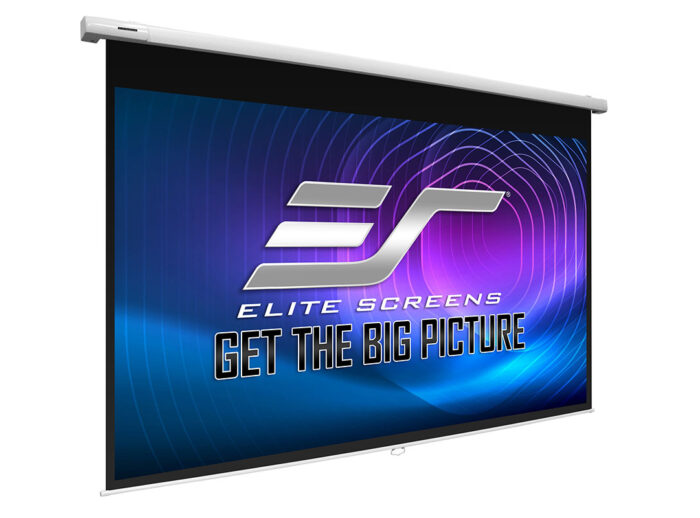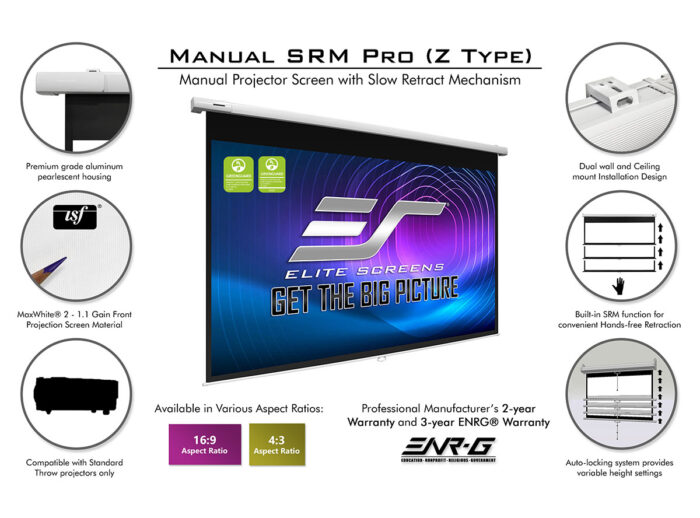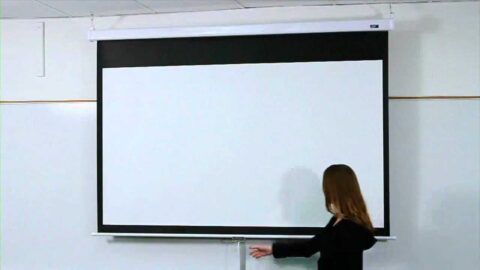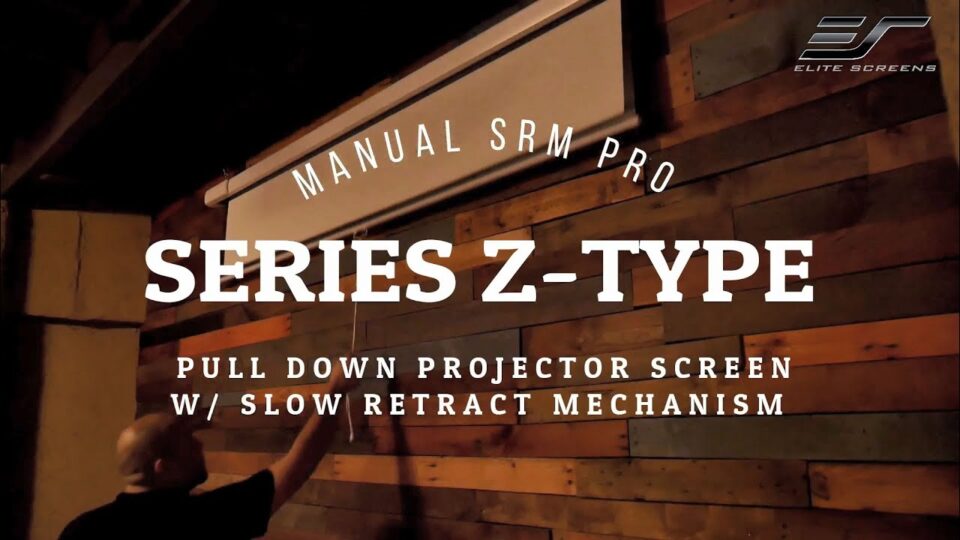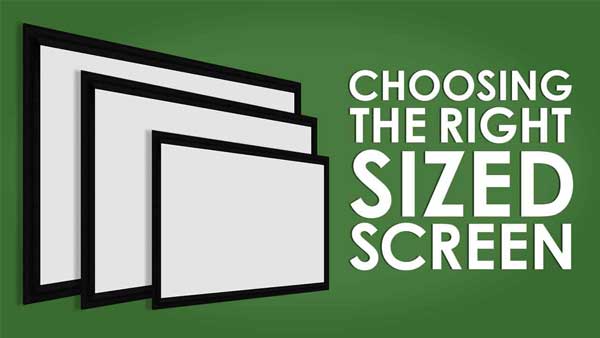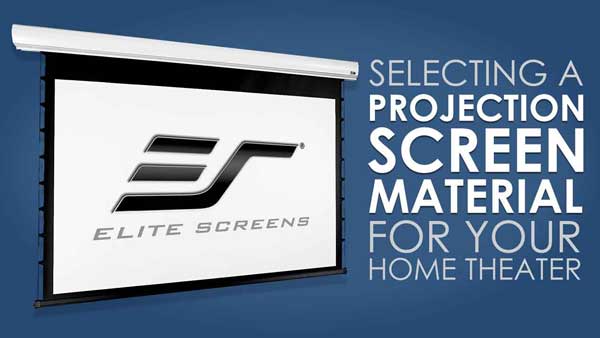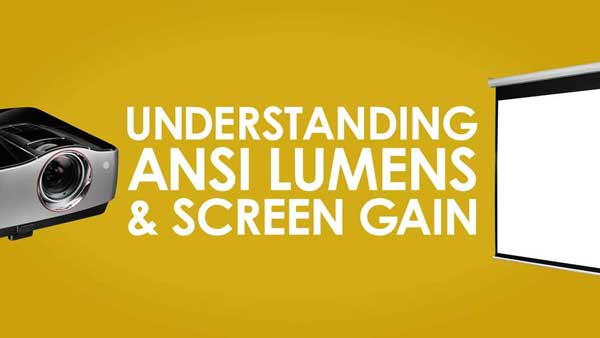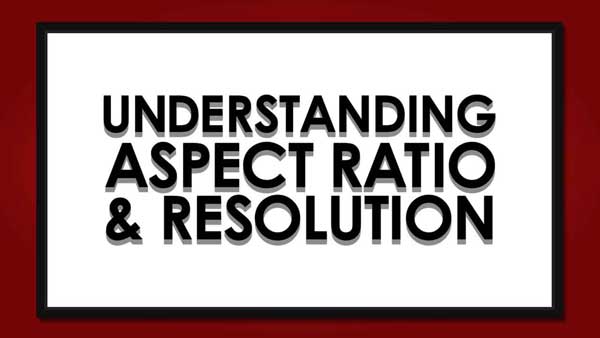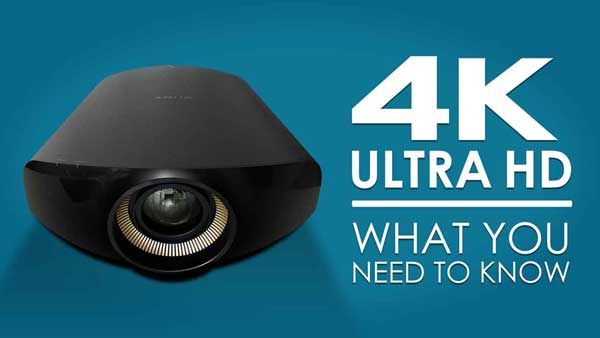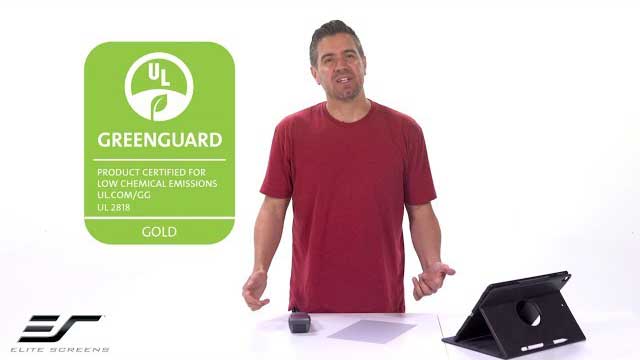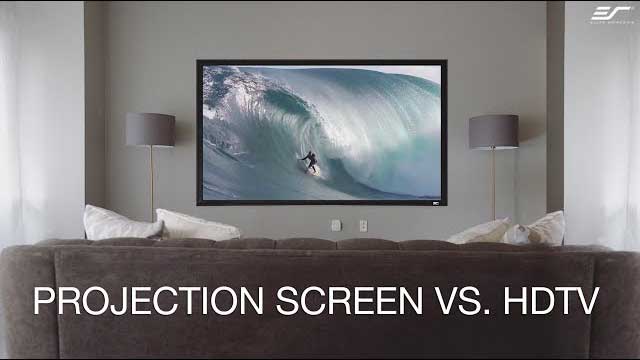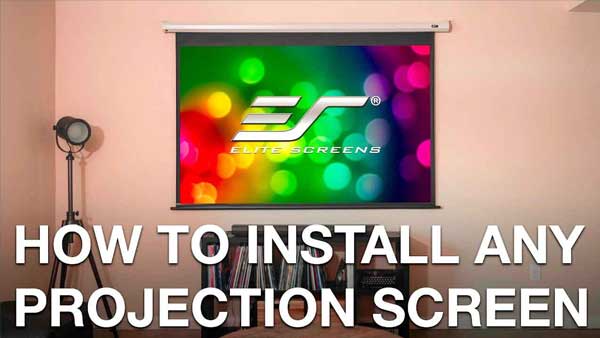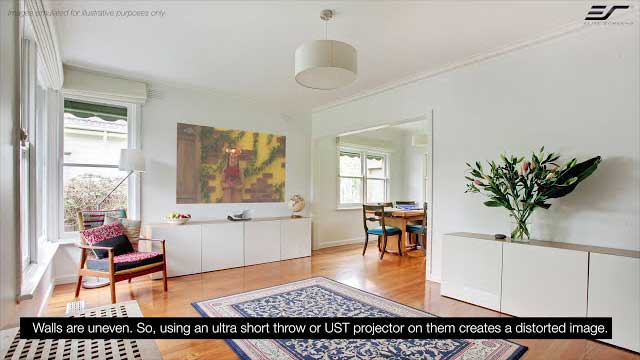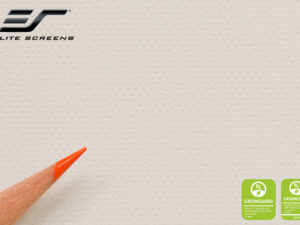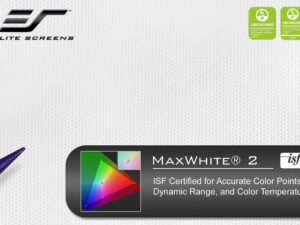Q: What type of screw size does Elite Screens recommend when installing a Spectrum, VMAX2, or a Manual Screen?
Q: What type of screw size does Elite Screens recommend when installing a Spectrum, VMAX2, or a Manual Screen?Although each installation is unique, the screw size we recommend and provide is M550mm. We have found that this screw size will provide enough length to support a Spectrum, VMAX2, or Manual screen installation in most instances. For drywall installations, the Φ1040mm wall anchors (also included) should be installed along with the M5*50mm screws. **Please not that there are many other factors to consider when installing a screen such as the location of the wall studs and thickness of the wall. Each circumstance is different. If you are unsure about the stability of the wall or ceiling in regards to the screen installation, please contact a professional installer. Elite Screens will not be held responsible or be otherwise liable for faulty installations.
Q: Should I use a standard top masking or an extra drop masking border?
Q: Should I use a standard top masking or an extra drop masking border?It depends on how high you want to hang the screen. If you are planning on a high ceiling or in-ceiling installation, use a product with an extra black masking border like E24 (24″ drop) or E30 (30″ drop) model. Aside from that, our general product lines will accommodate your typical home or commercial presentation room ceiling heights. All of our manual and electric screens are suitable for wall or ceiling installations.
Q: Repositioning the height settings has always been a problem to me. What is the best way to do it?
Q: Repositioning the height settings has always been a problem to me. What is the best way to do it?Give a light jerk in a downward motion to disengage the locking cam. This will allow the spring to draw the screen material up. Guide the screen as it retracts until it has reached its preferred height setting, then pull it down slightly and ease the material until it has locked into place.
Q: Can I flush mount my Manual screen directly to the ceiling?
Q: Can I flush mount my Manual screen directly to the ceiling?No, but Elite provides D RINGS attached to each end cap for a suspended ceiling installation.
Q: Is it difficult to remove this screen from its installation and set it up somewhere else when remodeling my home/business?
Q: Is it difficult to remove this screen from its installation and set it up somewhere else when remodeling my home/business?Elite’s Manual series of projection screens are completely self contained and can be easily removed from their present fixtures. All that is required is to lift the screen casing upward until its mounting attachment disengages from the wall screws (wall installation) or the D-rings disengage from the ceiling hooks (ceiling installation). The screen can then be carried to another mounting location without any need for disassembly.
Q : My screen will not retract, what should I do?
My screen will not retract, what should I do?First, check to see if your screen can be pulled further down an additional 1-2 inches. If so, pull the screen down towards your stomach at a 45 degree angle and release to retract. If this procedure does not work, the screen will need to be re-tensioned. Your manual screen can easily be re-tensioned, please see the instructions HERE. Please contact our Technical Support dept. for technical support at techsupport@elitescreens.com
Q : Is there a tripod stand for the manual screen?
Is there a tripod stand for the manual screen?No, the manual pull-down screen screen does not have the option to be put on a tripod stand.
Q: Can the manual screen be converted into an electric screen?
Q: Can the manual screen be converted into an electric screen?No, the manual screen cannot be converted into an electric screen.
Q: Can I use my manual/electric Elite projection screen as a window shade to block the sunlight?
Q: Can I use my manual/electric Elite projection screen as a window shade to block the sunlight?No, Elite manual and electric projection screens are not designed for use as a window curtain and should never be exposed to direct sunlight. Prolonged exposure to solar radiation will destroy synthetic materials and such damage is not covered by our standard warranty.
Q: My manual screen is stuck and unable to retract back into its case. What can I do to retract again?
Q: My manual screen is stuck and unable to retract back into its case. What can I do to retract again?If you are not able to pull the screen down two inches when attempting to retract it, give the screen a quick yank downwards with a little bit of force. Please be sure to not stand directly under the housing of the unit when yanking down on the screen.

